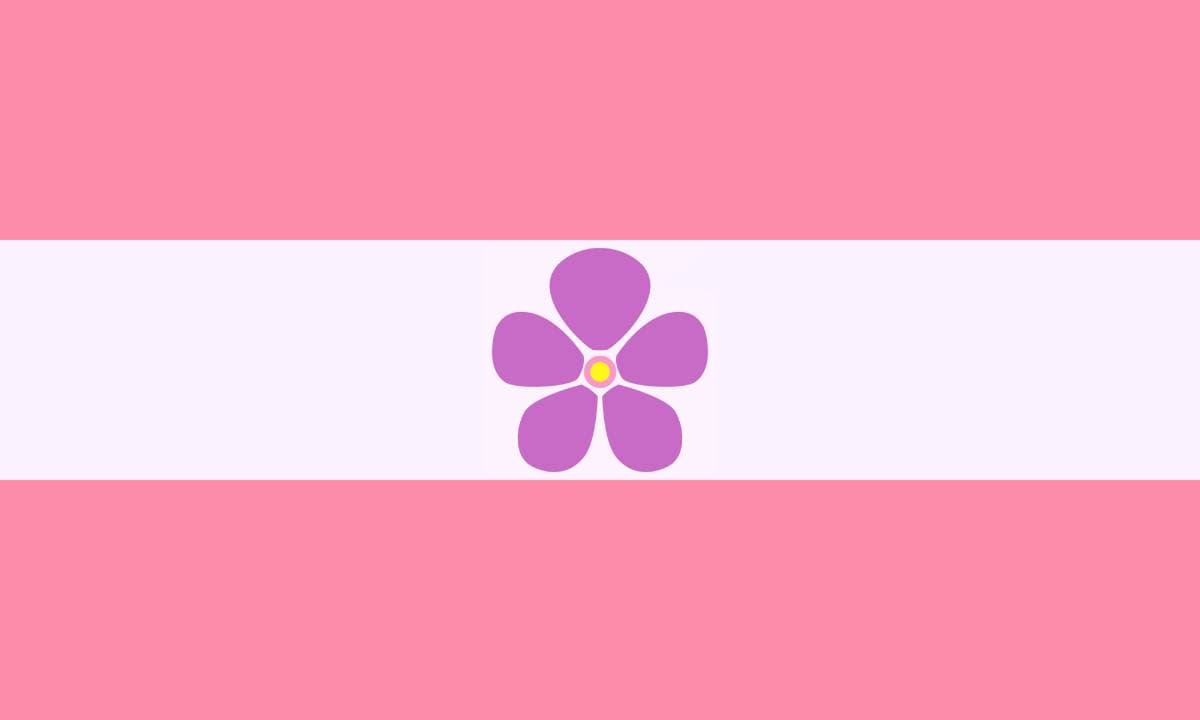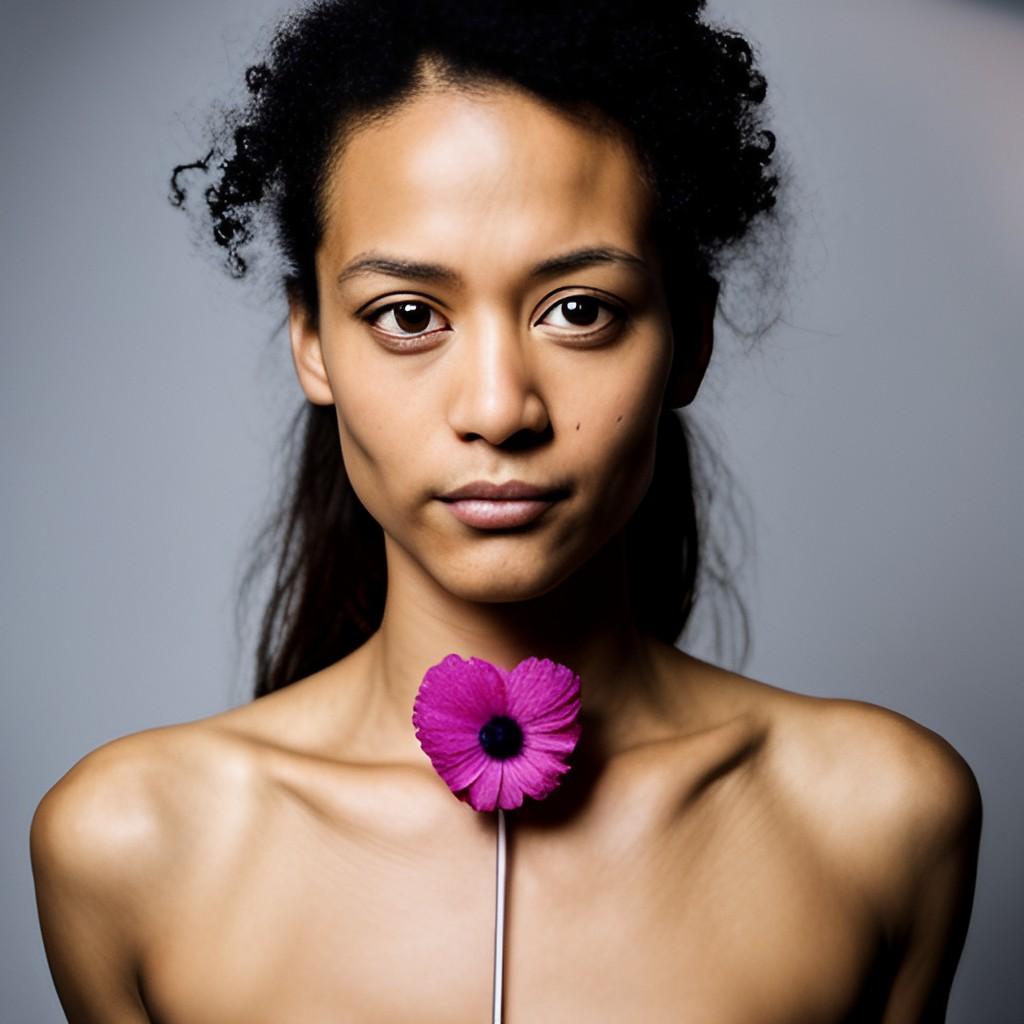Have you ever heard of the term sapphic? If not, it's time to learn! Sapphic is an identity term that refers to someone who identifies as female and is attracted to women. In this blog post, we will be talking about the sapphic definition, why it matters, the sapphic flag, sapphic art, books and more!
What is sapphic?
Sapphic is an identity term that refers to someone who identifies as female and is attracted to women. In other words, a sapphic person is someone who falls in love with, desires and fantasizes about other women.
Sapphic is a word for people who love women. It is gender-inclusive and includes lesbians, bisexual/pansexual, queer women as well as nonbinary people who like women. In other words, it is broader and more open than the similar term "women who love women".

Greek poet Sappho
Sappho was a Greek poet who lived on the Greek island of Lesbos between 630 and 570 BCE and the word "sapphic" comes from her name. She is considered to be one of the most important lyric poets of her time. Many of Sappho's poems are about love and passion, and many scholars believe that she wrote about her own experiences as a lesbian. Her work has been highly influential to subsequent writers and has been quoted by many famous authors over the years.
She wrote many poems about her passion for other women, but unfortunately, they were lost over time because they weren't considered to be very important at the time.
In modern times, however, Sapphic has become an identity label that refers to people who have romantic feelings towards other women. So, if you feel like you fit into this category, then go ahead and call yourself sapphic!
The island where Sappho lived also has a special meaning. Lesbos is the birthplace of the word "lesbian". So, when you say lesbos, you're referring to the island where Sappho lived and wrote her poetry!
Why sapphic matters
Now that we know what sapphic means, let's talk about why it matters.
The definition of sapphic is important because it provides a name for people who feel drawn to others of the same gender. It's a way of identifying and connecting with others who share similar experiences and feelings. Additionally, sapphic can be seen as a form of resistance against heteronormativity, the assumption that everyone is heterosexual.
As we mentioned earlier, the word "sapphic" comes from Sappho, a poet who wrote about her love for other women. By using the term sapphic, we are reclaiming this history and celebrating the accomplishments of lesbian feminists who have fought for our rights.
Sapphic vs lesbian
Many people often confuse the terms sapphic and lesbian, but they are not interchangeable.
The difference between sapphic and lesbian is that the sapphic definition is broader than that of lesbian because it encompasses more gender identities. Specifically, while lesbian refers to two women who are attracted to each other, sapphic can refer to any person who identifies as female and is attracted to other women. So, a non-binary person who is attracted to women can be considered sapphic but not lesbian.
Additionally, lesbian typically implies a sexual orientation and has been historically used as an umbrella term for all queer women, whereas sapphic does not necessarily imply a sexual orientation and focuses more on romantic feelings.
In summary, sapphic is a newer and more inclusive term than lesbian and can be used by anyone who identifies as female and is attracted to other women. It's a great way of connecting with others who share similar experiences and celebrating the accomplishments of lesbian feminists who have fought for our rights.
How many people identify as sapphics?
Compared to the word lesbian sapphic isn't a very popular identity word in the LGBTQ+ community. But there are still many people who identify as such and the word are gaining popularity in the queer community.
However, most queer people seem to use the word mainly to describe behaviors or things like "sapphic love", "sapphic art" etc.
Sapphic representation in media
In recent years, there has been a growing trend of sapphic representation in media. Although there is still a long way to go, it is encouraging to see more and more characters who identify as sapphic being portrayed in films, television shows, books, and other forms of media.
This sapphic representation is important because it helps to normalize the LGBTQ+ community and makes queer people feel more seen and accepted. Additionally, it allows for conversations about gender identity and sexuality to be had in a more open and understanding way.

Sapphic flag
The sapphic flag was created in 2015 by a Tumblr user. It consists of two pink stripes that represent love and a violet flower in the center which was historically given between women to symbolize their sapphic love.
In the original flag, the flower in the center was a realistic pair of violets but it was later simplified to a version that is easier to replicate.
Sapphic books
Some of our favorites include "Rubyfruit Jungle" by Rita Mae Brown, "Tipping the Velvet" by Sarah Waters and "Annie on My Mind" by Nancy Garden.
These books offer a fascinating look into the lives of sapphic people throughout history and provide a great source of inspiration for anyone who identifies as sapphic.
Sapphic art
Sapphic art is any form of art that is created by a sapphic person or that celebrates sapphic love and culture. This could include paintings, drawings, sculptures, poetry, songs, etc.
We are soon starting a group for sapphic art in the LesBeSocial app. If you are interested in this make sure to download the app from the App Stores and join the community.






